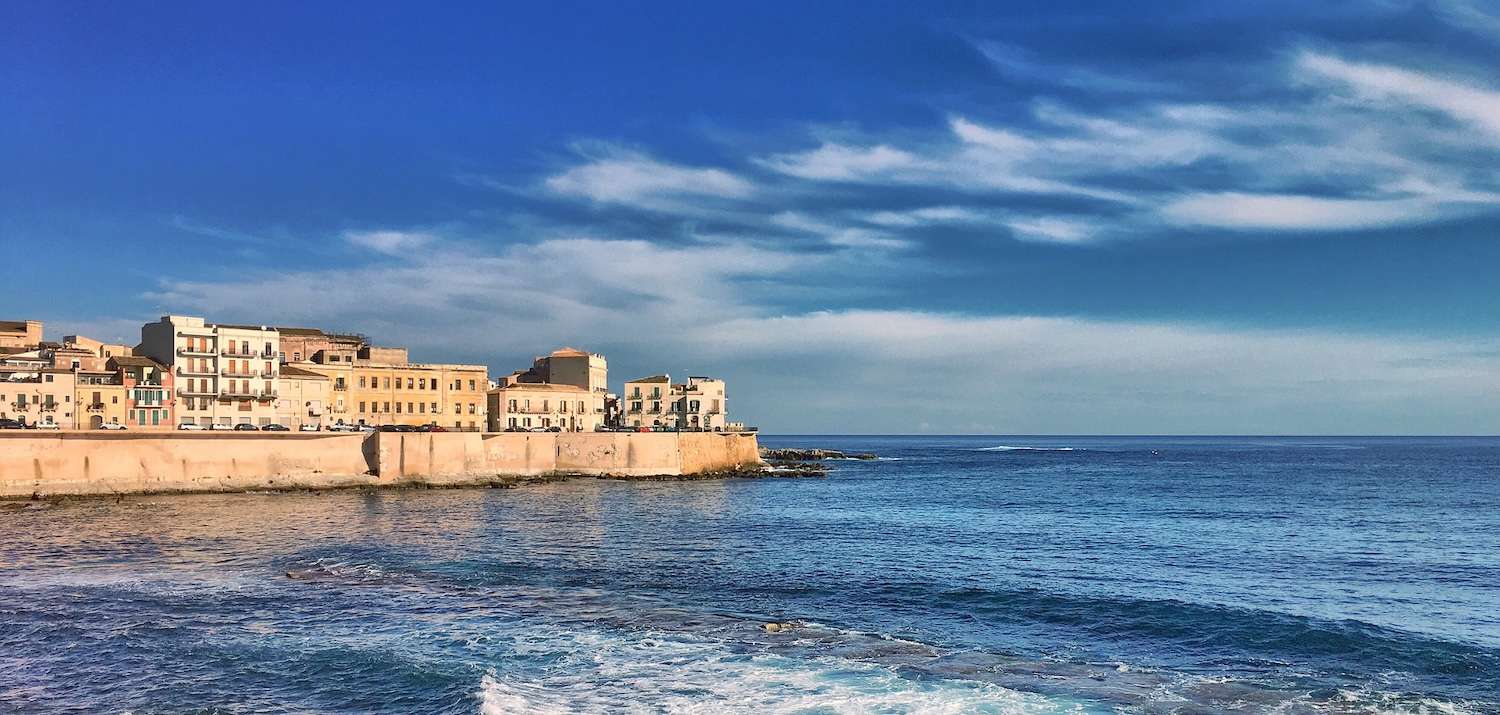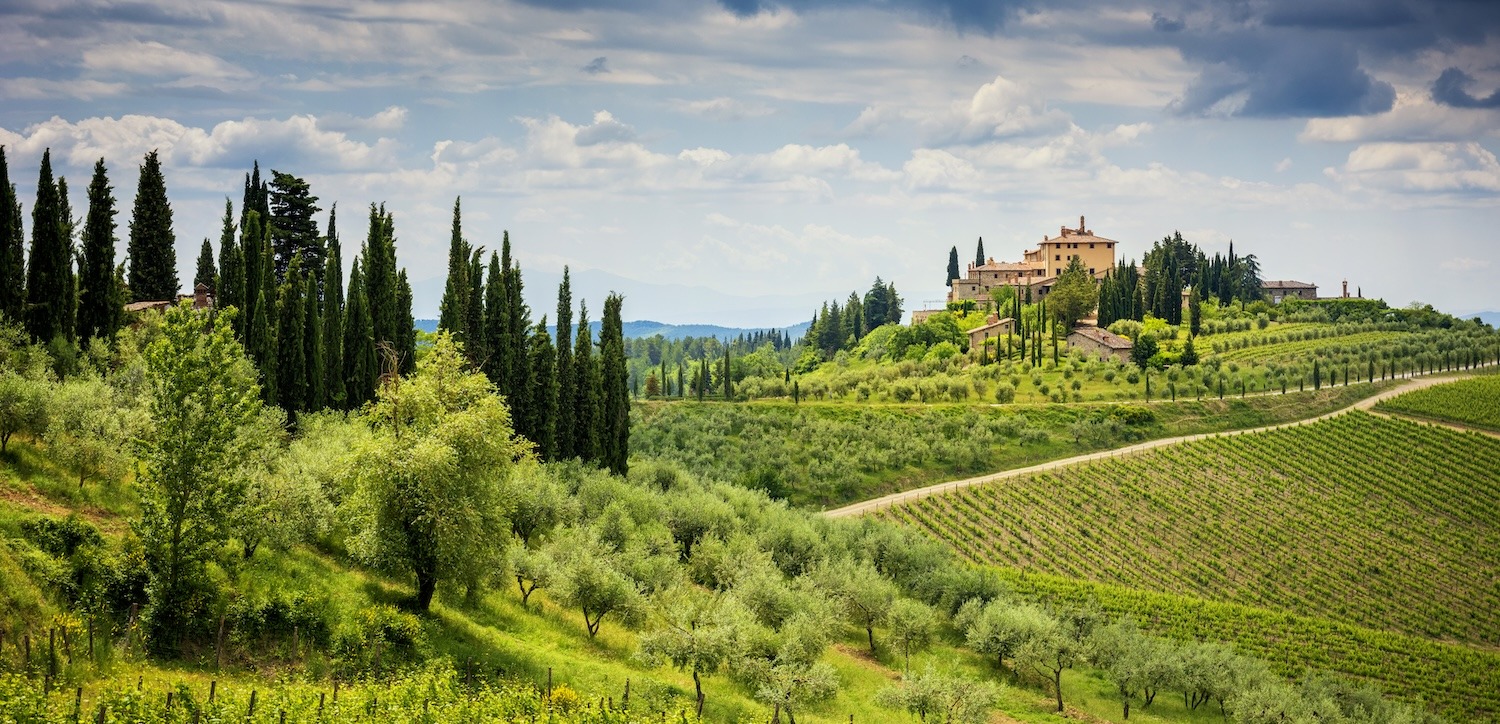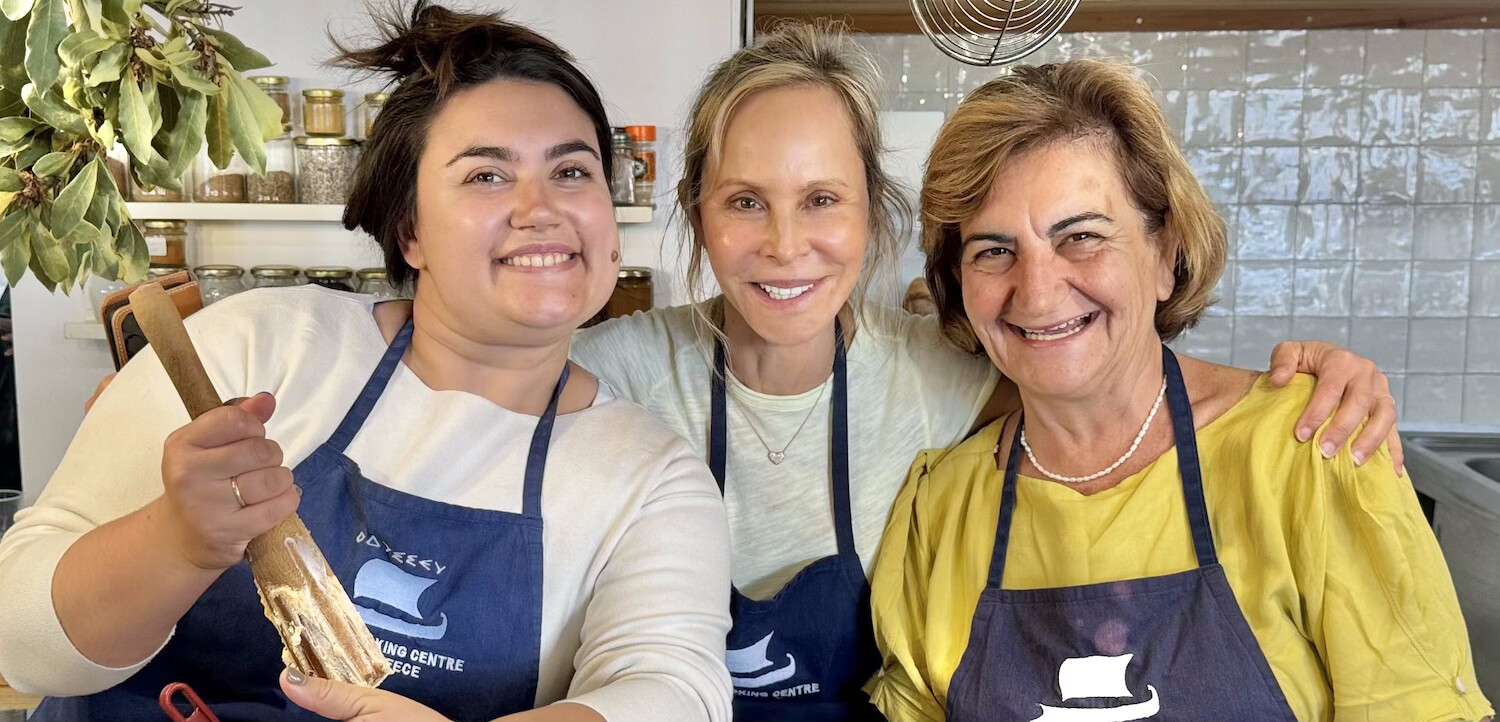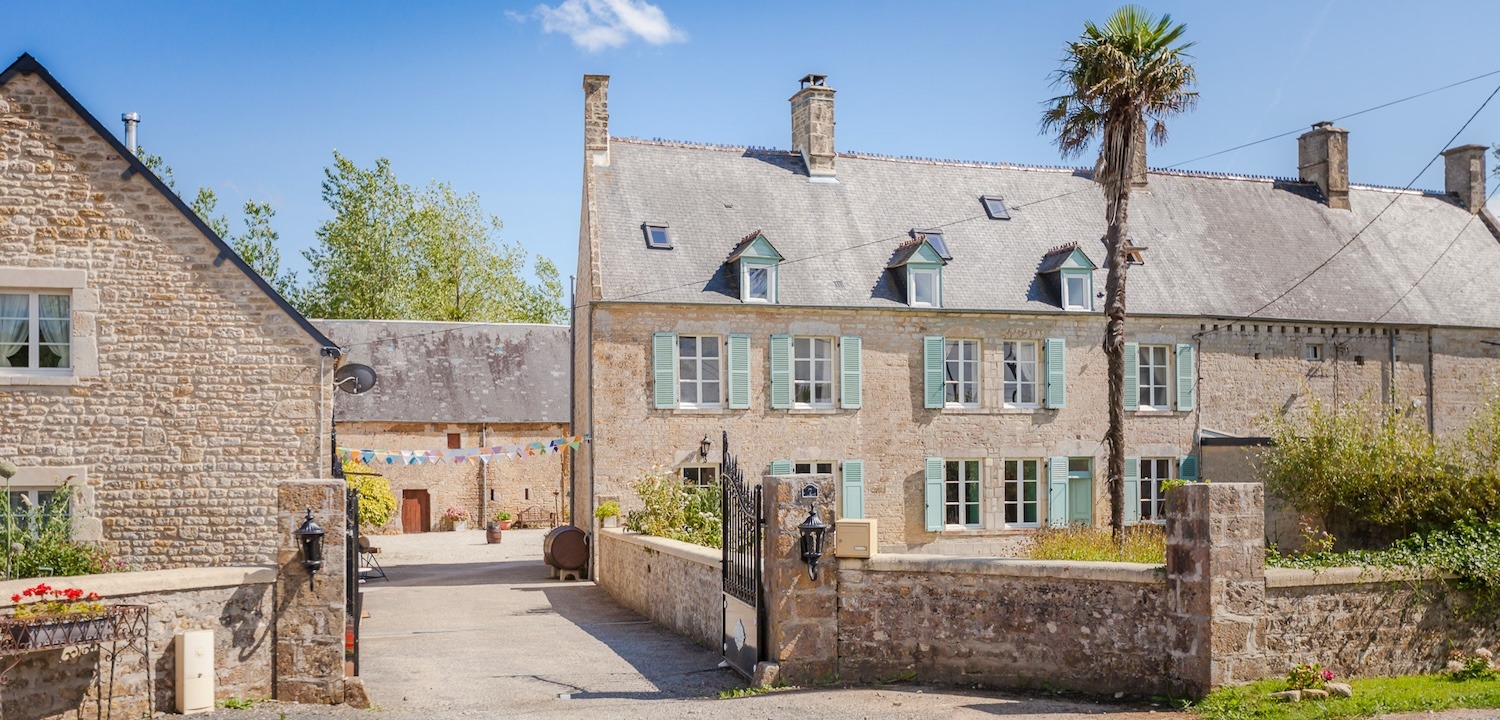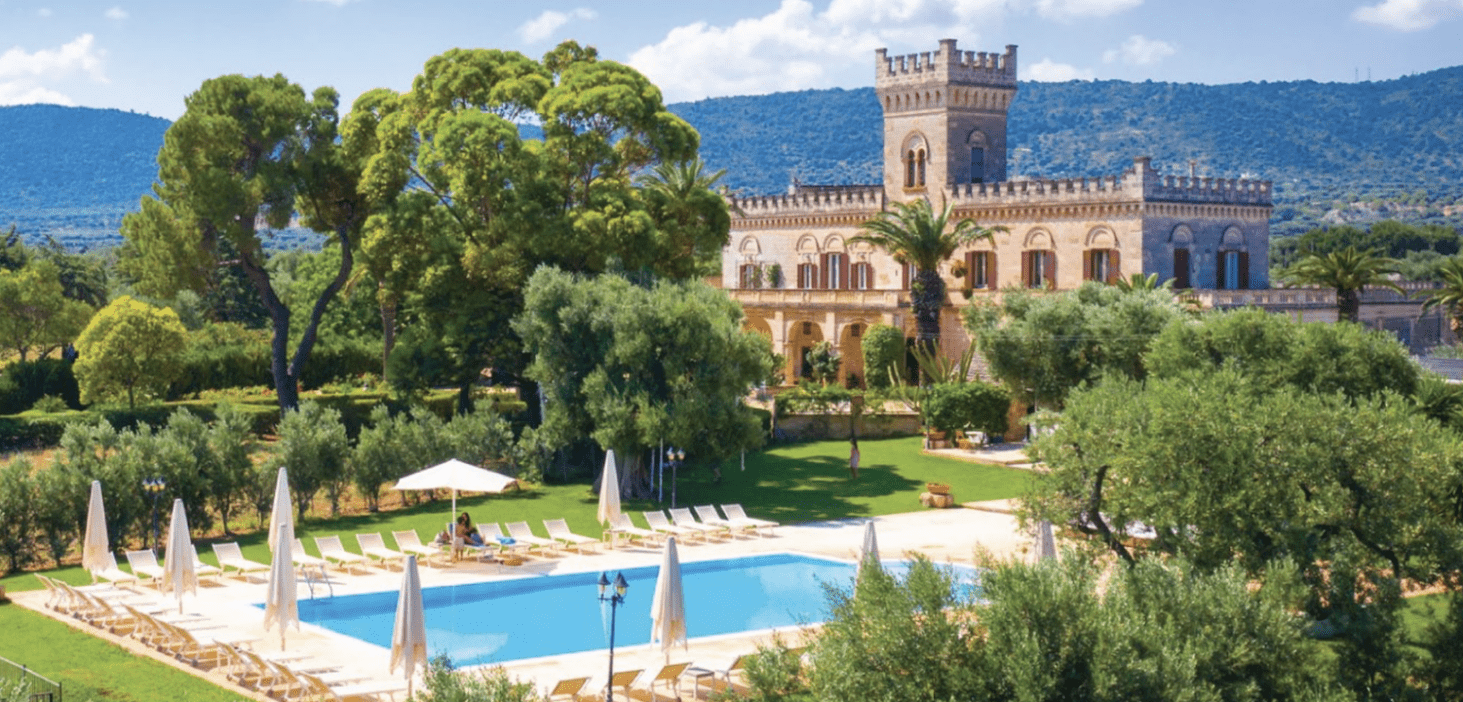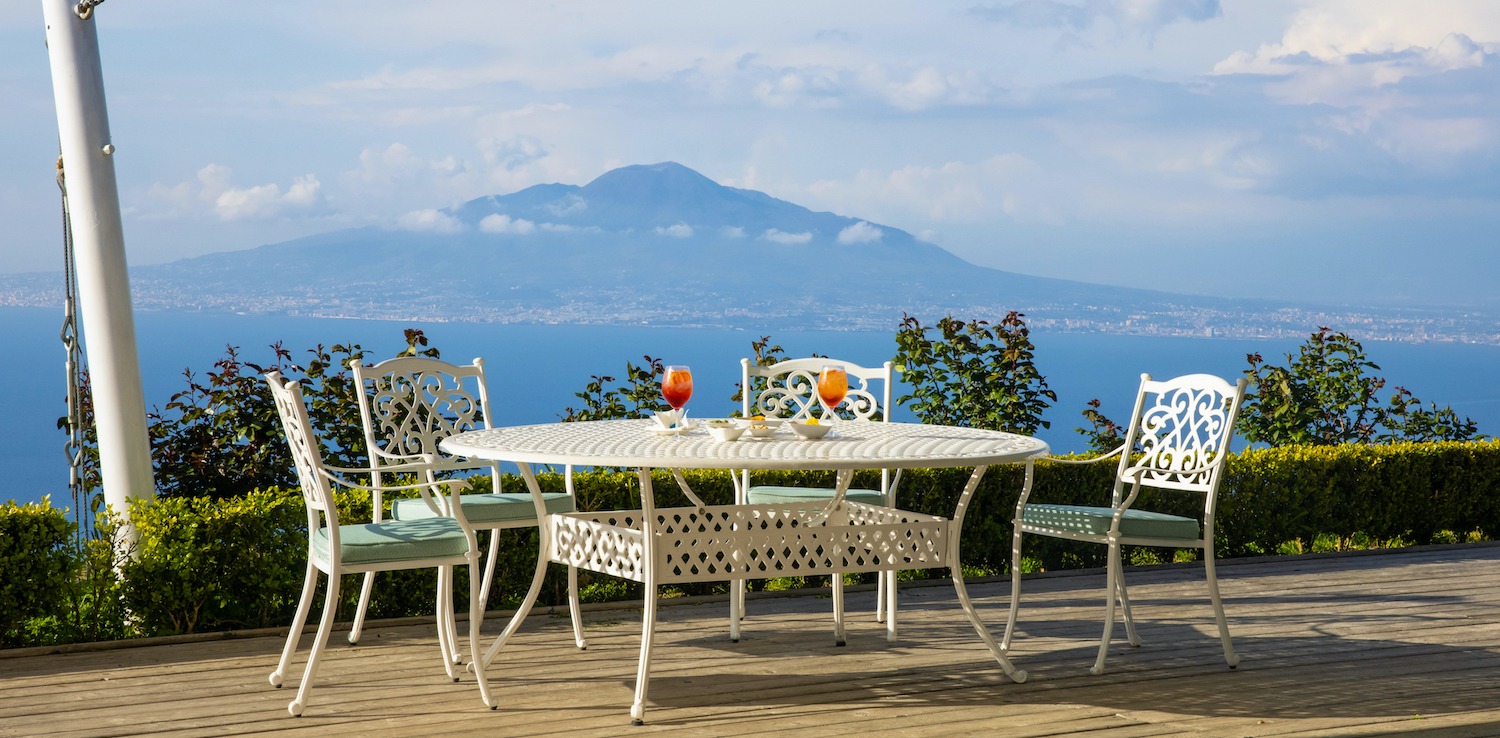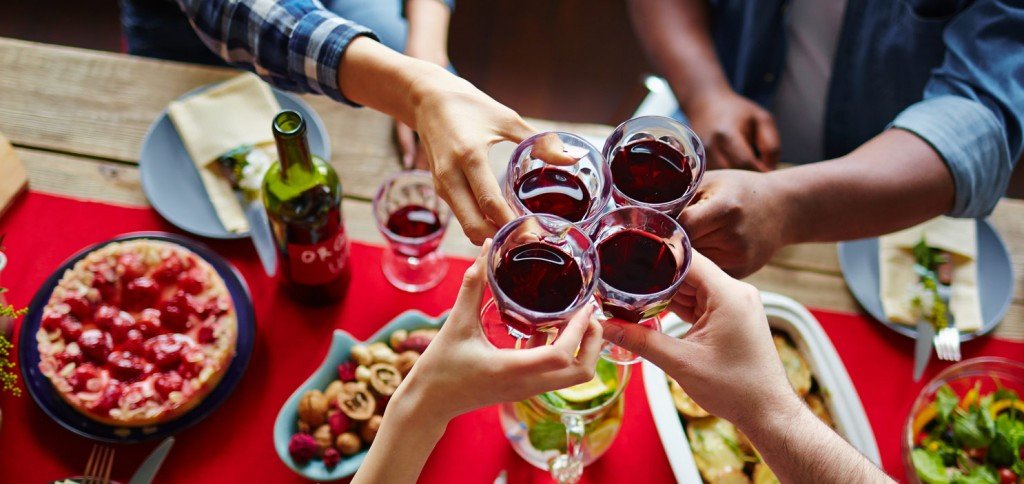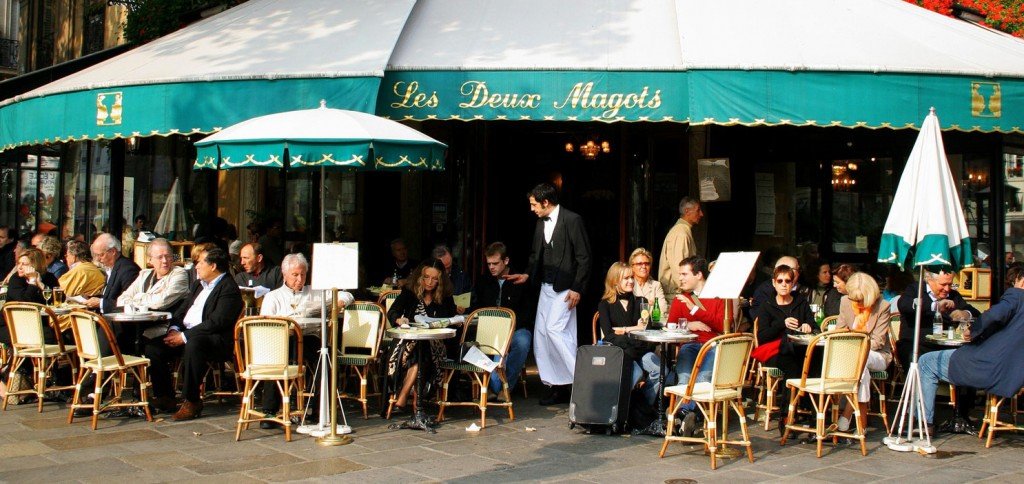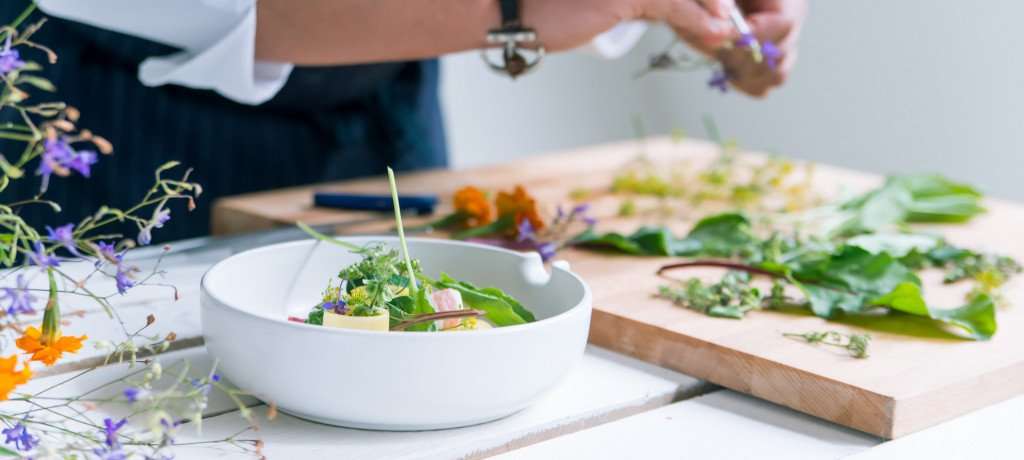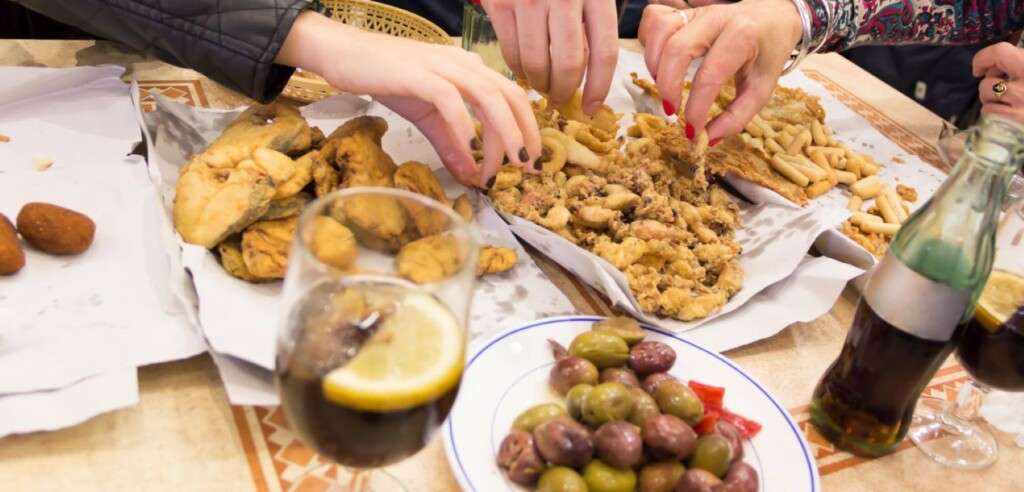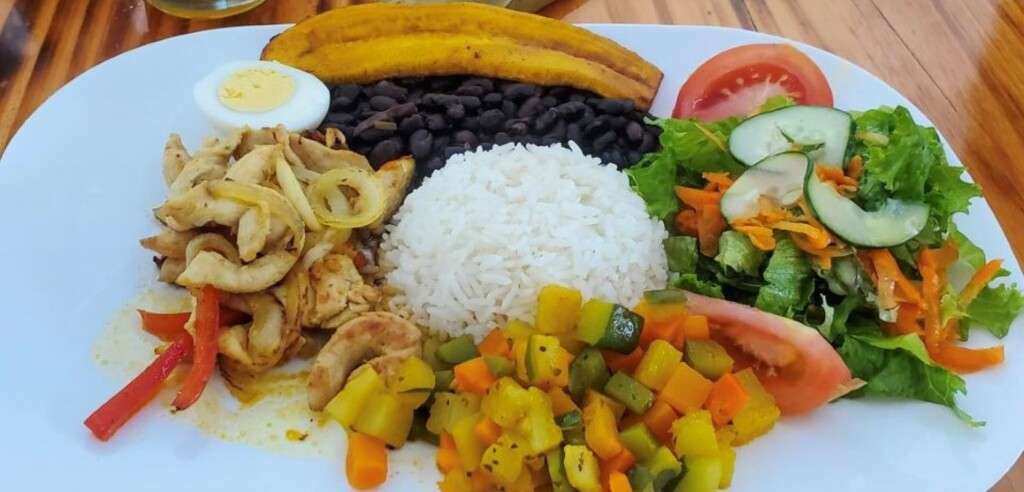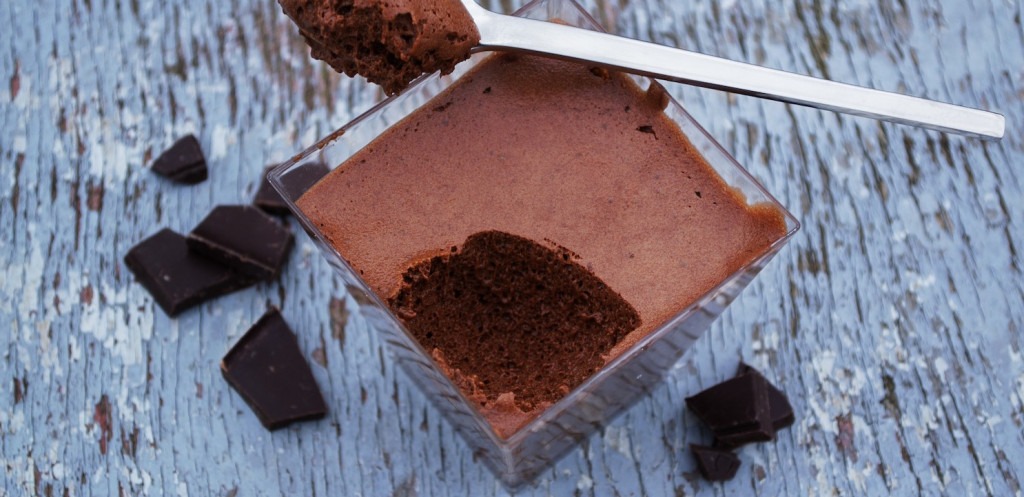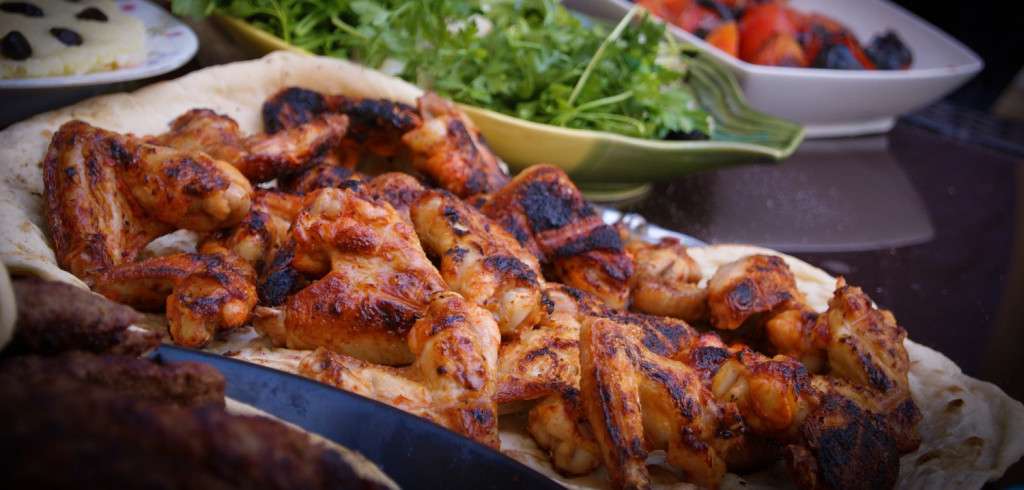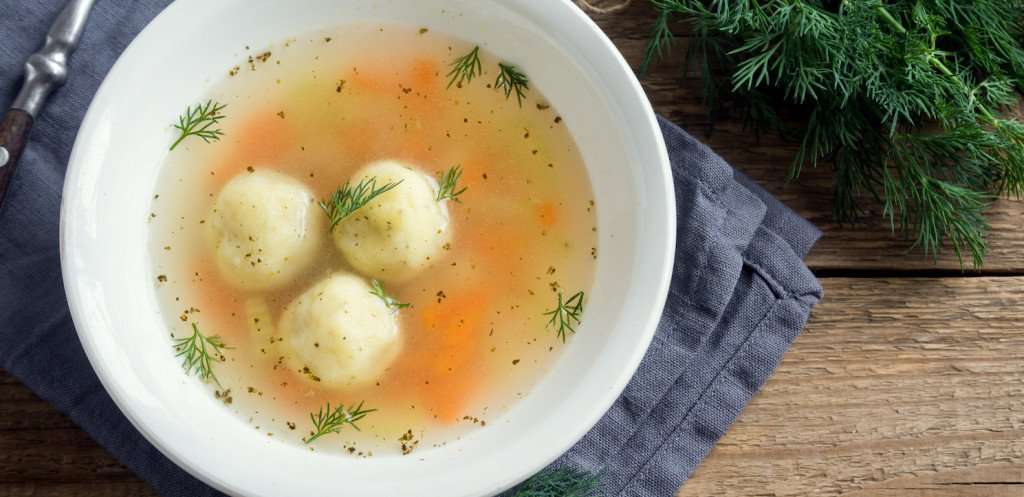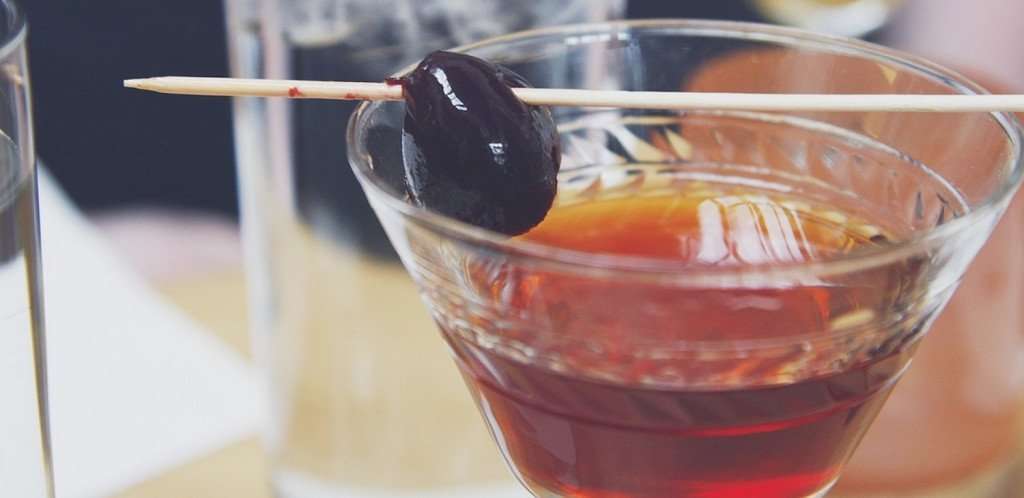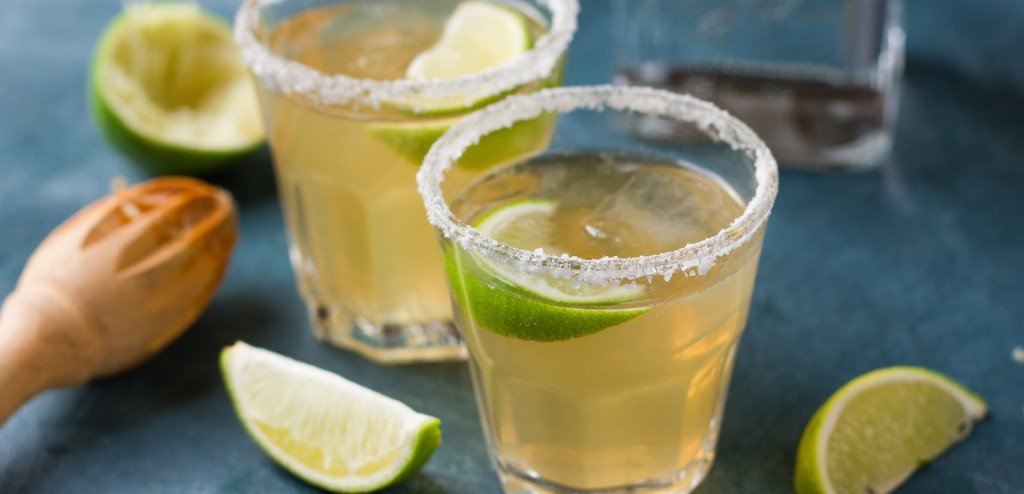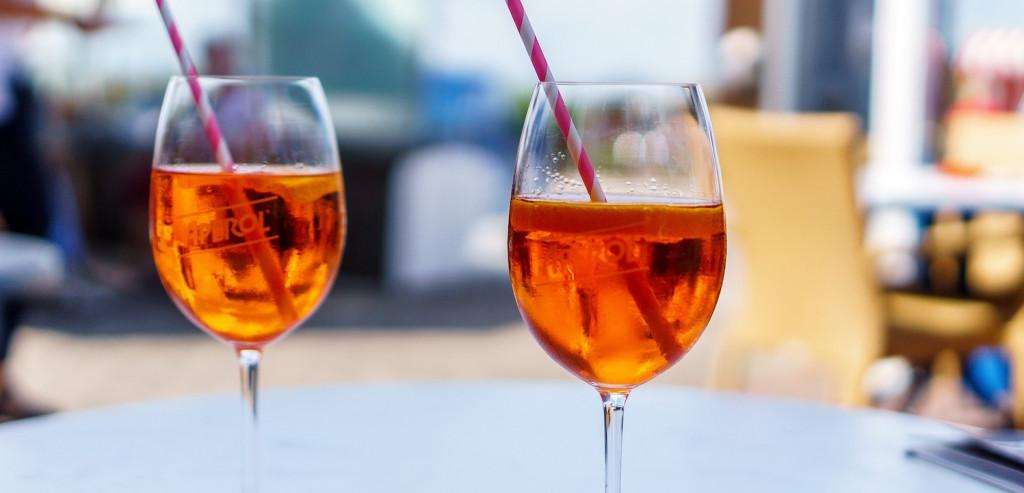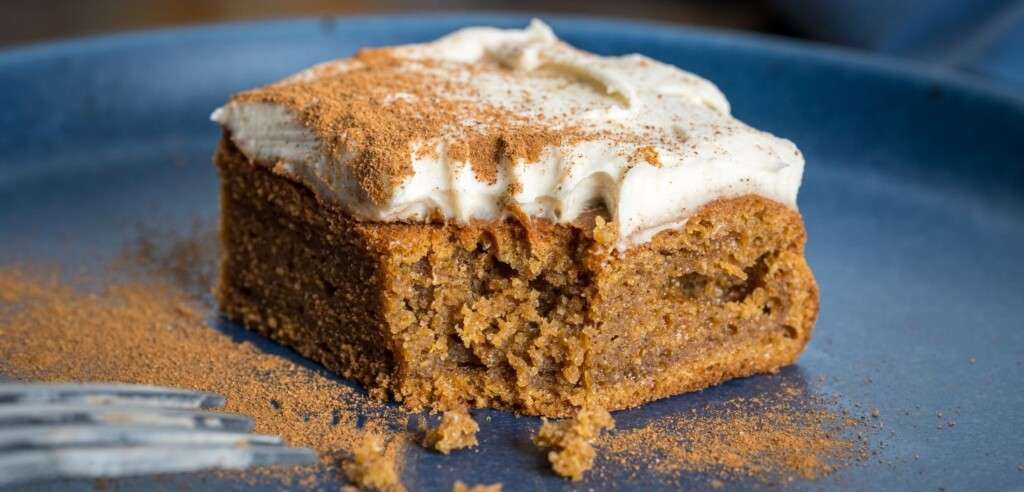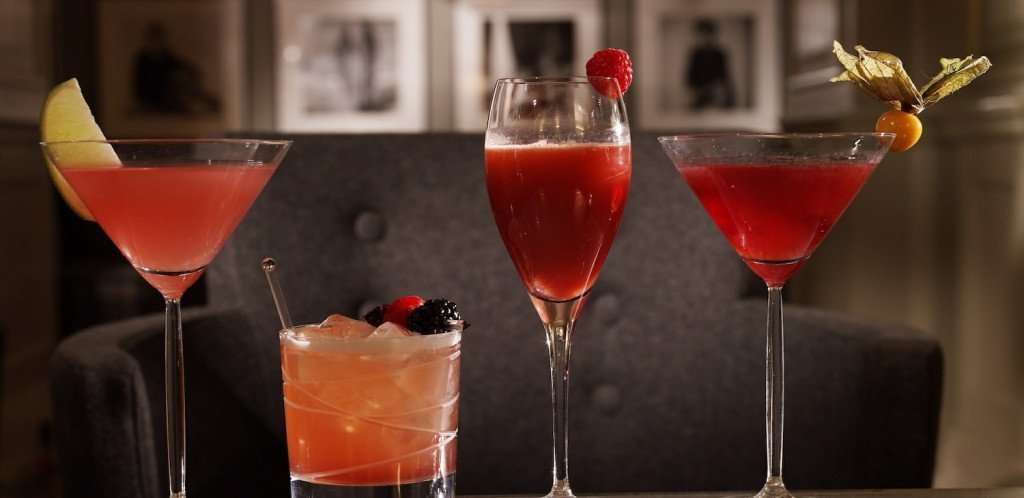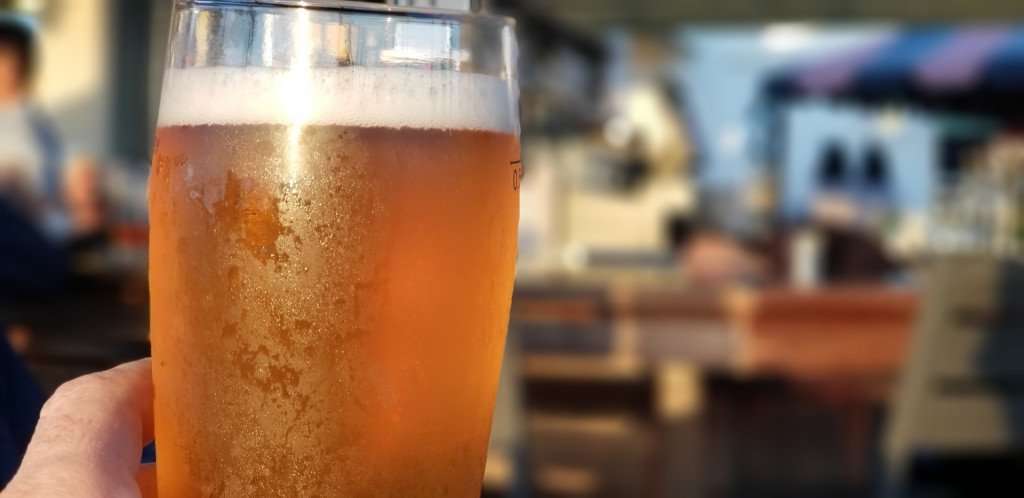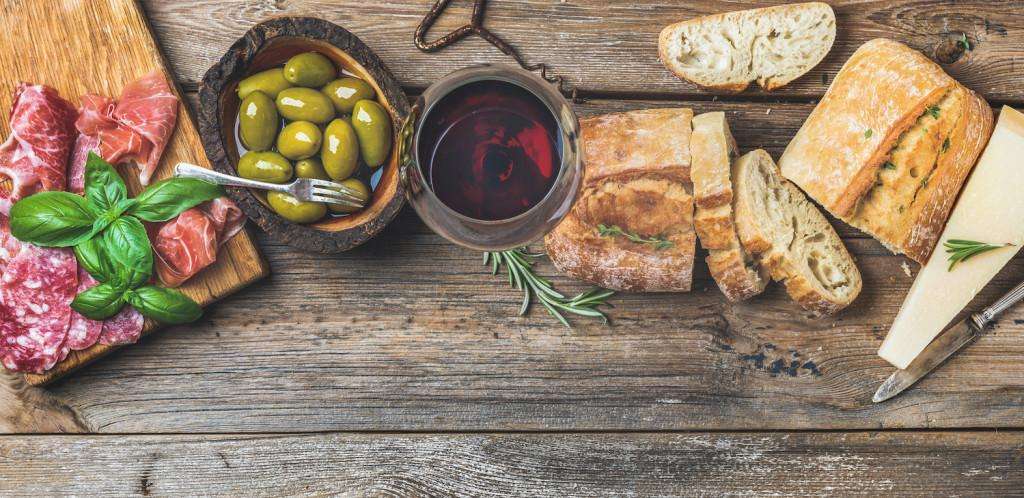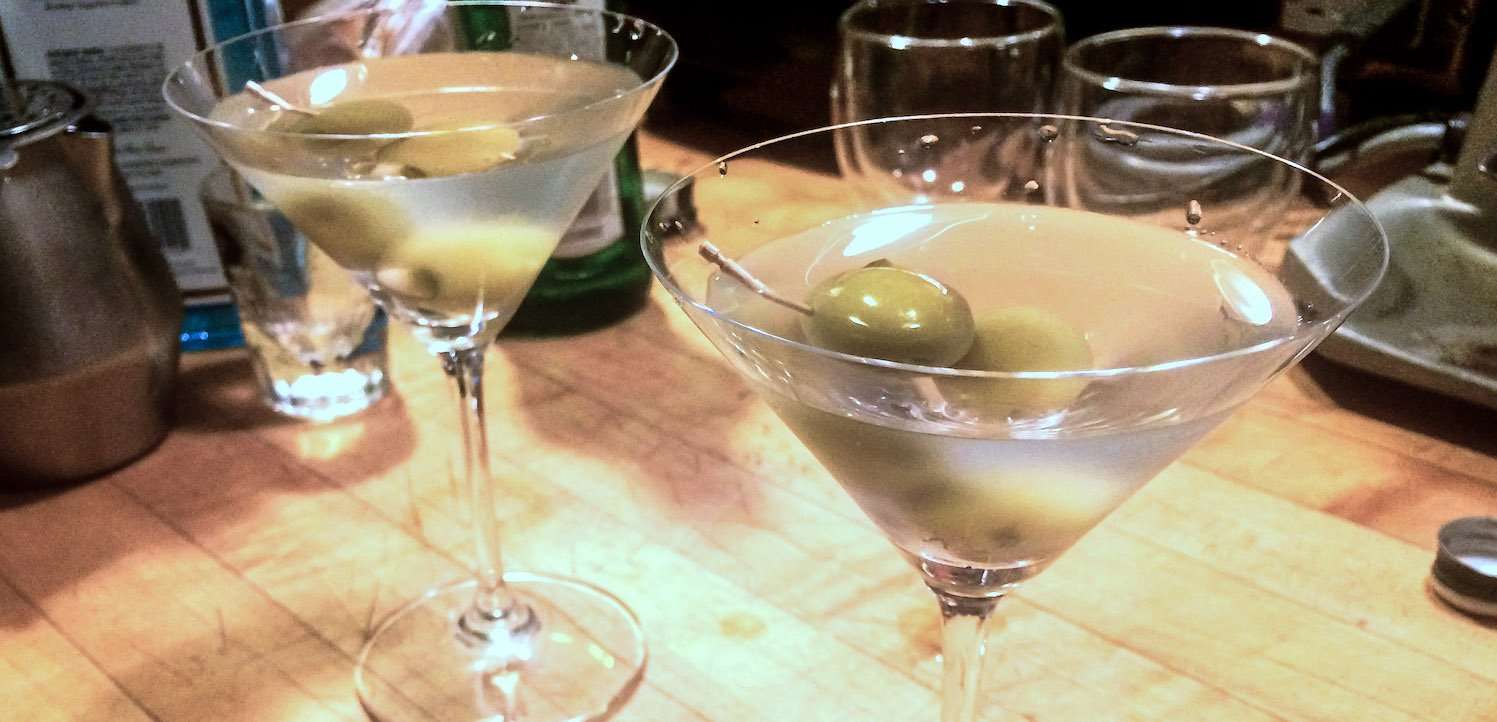
- The International Kitchen
- Recipes
- Everything You Need to Know about Martinis – A Full Guide
Everything You Need to Know about Martinis – A Full Guide
-
-
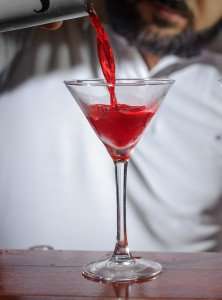
Our blogs often focus on wines, cocktails, and beverages from around the world. And certainly we are living in an age in which craft cocktails and mixology get their fair share of print. But today we’re talking about an absolute classic: the martini. And we’ll include a couple martini recipe and a primer on how to make a martini.

What’s in a Martini
You may have heard of other types of martinis, such as a dirty martini, a lemon drop martini, an apple martini, and the like. But a classic martini is pretty strictly just gin and vermouth. Even the garnish is specific: if it’s not a green olive, the drink isn’t even a martini anymore! So what is a martini?

Classic Martini
If you’re going to be strict about your definition of what a martini is, then it is dry gin, dry vermouth, stirred with ice and served straight up in a martini glass with an unstuffed Spanish olive. Seriously, that’s pretty specific!
No, it’s not shaken, like James Bond likes it. It’s not made with vodka, like I enjoy. It doesn’t have a blue cheese stuffed olive or a cocktail onion (then it’s a Gibson).
Modern “Martinis”

These days, if you head to a popular bar you’ll find on the drink menu a whole page devoted to what are called martinis but are actually just and assortment of cocktails served in a martini glass. Basically, by this definition any cocktail that is shaken or stirred and served straight up in a martini glass can count.
So don’t be surprised if you see Cosmopolitans, Appeltinis, and Chocolate martinis on modern martini menus.

Martini History
If you look up the classic martini history, you will find that the exact origins of the cocktail are unclear. Some theorists say that it hails from California during the Gold Rush (specifically the town of Martinez), while others claim it was from New York, where it was named after the Martini & Rossi vermouth. Either way, the recipe dates back to the 1800s, with the first published recipe dating back to the 1880s — although that recipe called for a lemon.
Martini recipes from the 1800s typically also featured gin and dry vermouth in a 1:1 ratio. Today you’d be hard pressed to find that ratio when ordering a martini in a bar, as gin typically gets a splash or two more (and don’t be surprised when it comes in a 4:1 ratio).
Different Types of Martinis
Can you talk about different types of martinis and still satisfy purists? We think you can.
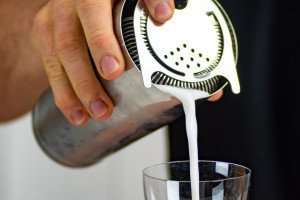
Classic Martini
As we’ve said, this is the benchmark for martinis, a combination of gin and dry vermouth, stirred, served straight up in a martini glass and with an olive garnish.
Wet vs. Dry Martini
What is a dry martini? It may surprise you to know that the ingredients for a dry martini are the same as those for a wet martini. It just uses less vermouth. A wet martini, on the other hand, has a higher ratio of vermouth to gin.
Shaken vs. Stirred Martini
Everyone knows how James Bond liked his martinis. Shaken, not stirred. A classic martini, however, is always stirred so that the alcohol does not get “bruised” by being shaken forcefully with the icecubes. It is a method of chilling the drink without diluting it as much.

Martini Straight Up
“Straight up” is a cocktail term indicating that the ice is strained out of a drink before it is served. But asking for a martini “straight up” will make you sound a bit odd. It is a redundancy, since being served straight up is part of the definition of a classic martini!
What Is a Dirty Martini?
One option for changing up the classic martini is by adding a splash of olive brine. This explains precisely how to make a dirty martini. The result is a slightly cloudier and more briny cocktail.
Other
If you’re a martini purist, there really is no “other” category for martinis, but as mentioned above, modern mixologists like to use the name for a variety of cocktails. Thus fruity “martinis,” dessert “martinis,” and other happy-hour staples are–providing they are served in a martini glass–often referred to as martinis as well.
Basic Martini Rules
So, besides stirring instead of shaking, what are the rules for making a classic martini?
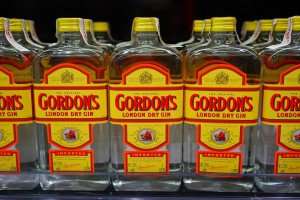
Alcohol Used
What type of gin to use for a martini? A classic martini uses not just any gin, it uses a London dry gin. This does not mean the gin needs to be made in London, however! The term “London dry gin” means that it follows a specific process that ensures the quality of the gin. It also uses a dry vermouth, and the ratio of vermouth to gin can be no more than 1:1 (and is usually less).
Size
How big should a martini be? If it is a classic martini, remember that it is purely alcohol, so a little goes a long way. A classic martini is usually 3 to 4 ounces.

Martini Glassware
We all know the shape of a classic martini glass. It is a perfectly conical bowl tapering down to a thin, footed stem. Although you might see oversized martini glasses, save those for specialty cocktails and use an appropriately sized martini glass for your 3-4 oz classic martini.
Martini Garnish
What type of garnish for your martini? The garnish by rule should be an unstuffed Spanish green olive. But even most purists will let you get away with a pimento-stuffed green olive, or occasionally one stuffed with garlic, almond, jalapeño, or cheese.
Another popular martini garnish, however, is “with a twist.” This is a small bit of lemon peel, which is twisted to release the oils. It provides a nice citrusy pop.
Popular Martini Recipes
Now we get to the good stuff: how to make a martini! With a little practice, and these martini recipes, you will be whipping up classic martinis as well as other popular martinis.
Because jiggers and shot glasses sizes can vary, we’re using standard measures in these popular martini recipes.
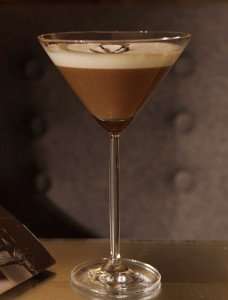
Other Martinis
Of course, you can easily adapt many of these recipe to create different martini cocktails. For instance, substitute the vermouth from a classic vodka martini for a variety of liqueurs including:
- Bailey’s Irish Cream
- Kahlúa (or another Coffee liqueur)
- Pomegranate Juice
- Cointreau (or another orange liqueur)
- Campari or Aperól
- Sambuca
Are they martinis? We’ll let you be the judge!
Conclusion
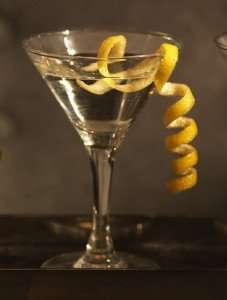 In conclusion, the martini is one of the most iconic of cocktails. While it is true that there are specific rules governing the classic martini cocktail, you can also adopt a more modern approach and let your imagination and taste buds run wild!
In conclusion, the martini is one of the most iconic of cocktails. While it is true that there are specific rules governing the classic martini cocktail, you can also adopt a more modern approach and let your imagination and taste buds run wild!
Most of our culinary vacations provide the opportunity to explore amazing cocktails. But our Food Lover’s Chicago tour is the perfect opportunity to try some classic cocktails in one of the world’s most fabulous cities, our hometown. Chicago’s bar and cocktail scene is legendary (as is its craft beer scene), and we have plenty of places we can recommend if you journey here on our Chicago culinary getaway. Contact us for details!
Recipe for Classic Martini Recipe
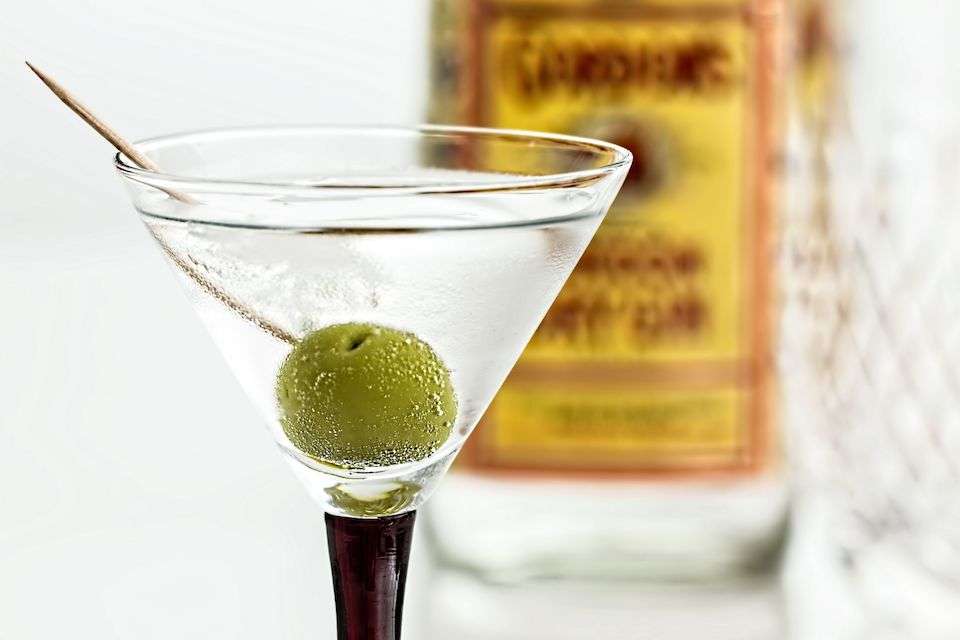
Ingredients
- 1/3 cup London dry gin (such as Beefeater, Bombay Sapphire, or Tanqueray)
- 1 Tbsp dry vermouth
- Ice
- Spanish green olive
Instructions
- Chill your martini glass in the freezer for several minutes, or fill it with ice to chill.
- Combine the gin, vermouth, and ice in a cocktail shaker. Stir gently for about 30 seconds.
- Strain into your chilled glass.
- Garnish with the olive.
Recipe for Classic Vodka Martini Recipe
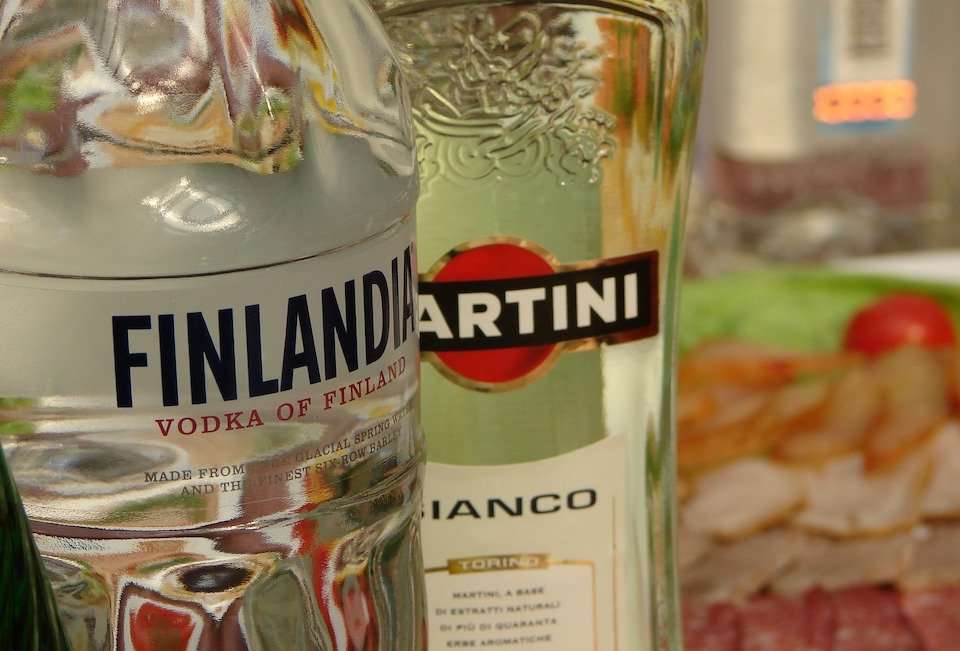
Ingredients
- 1/3 cup premium vodka
- 1 Tbsp dry vermouth
- Ice
- Spanish green olive
Instructions
- Chill your martini glass in the freezer for several minutes, or fill it with ice to chill.
- Combine the gin, vermouth, and ice in a cocktail shaker. Stir gently for about 30 seconds.
- Strain into your chilled glass.
- Garnish with the olive.
Recipe for Dirty Martini Recipe
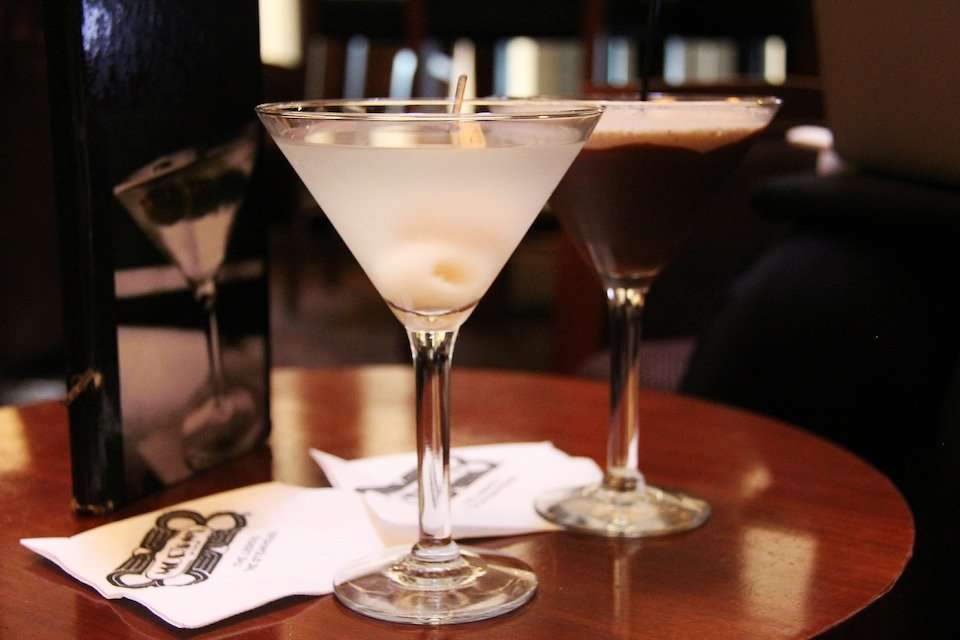
Ingredients
- 1/3 cup London dry gin (such as Beefeater, Bombay Sapphire, or Tanqueray)
- 1 Tbsp dry vermouth
- Splash of olive juice (to taste)
- Ice
- Spanish green olive
Instructions
- Chill your martini glass in the freezer for several minutes, or fill it with ice to chill.
- Combine the gin, vermouth, and ice in a cocktail shaker. Stir gently for about 30 seconds.
- Add the olive juice and stir for a few seconds more.
- Strain into your chilled glass.
- Garnish with the olive.
Recipe for Gibson Martini Recipe
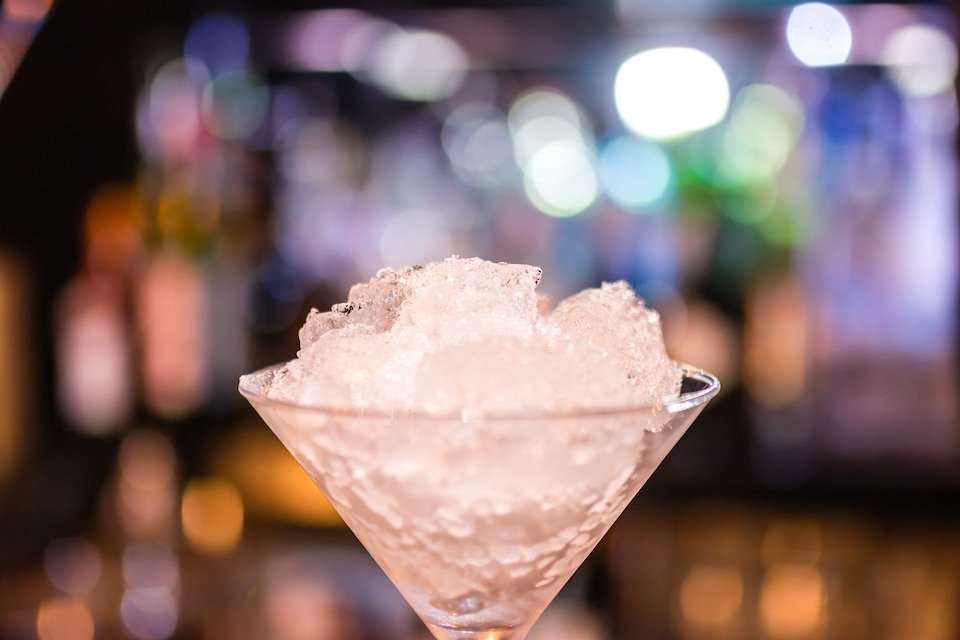
Ingredients
- 1/3 cup London dry gin (such as Beefeater, Bombay Sapphire, or Tanqueray)
- 1 Tbsp dry vermouth
- Ice
- Cocktail onions to garnish
Instructions
- Chill your martini glass in the freezer for several minutes, or fill it with ice to chill.
- Combine the gin, vermouth, and ice in a cocktail shaker. Stir gently for about 30 seconds.
- Strain into your chilled glass.
- Garnish with the cocktail onions.
Recipe for Appletini Recipe
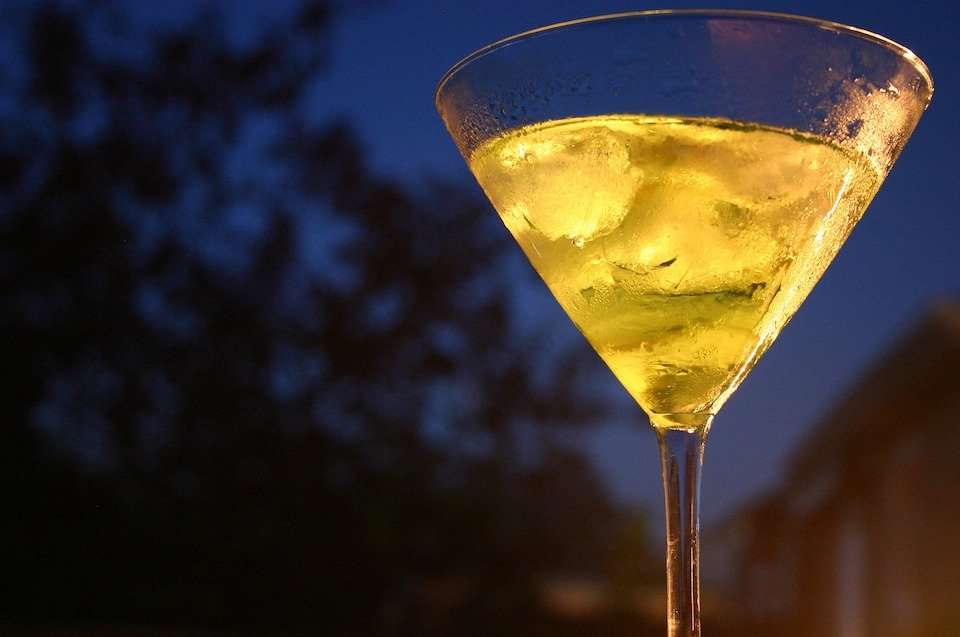
Ingredients
- 1/4 cup vodka
- 1/4 cup apple schnapps
- Ice
- Apple slice to garnish
Instructions
- Chill your martini glass in the freezer for several minutes, or fill it with ice to chill.
- Combine the vodka, schnapps, and ice in a cocktail shaker. Stir gently for about 30 seconds.
- Strain into your chilled glass.
- Garnish with the apple slice.
Recipe for Raspberry Lemon Drop Martini Recipe
Ingredients
- 1/3 cup vodka
- 1 Tbsp lemon juice
- 1 Tbsp simple syrup
- 1 Tbsp Chambord (or another raspberry liqueur)
- Ice
- Fresh raspberries to garnish
Instructions
- Chill your martini glass in the freezer for several minutes, or fill it with ice to chill.
- Combine the vodka, lemon juice, simple syrup, Chambord, and ice in a cocktail shaker. Stir gently for about 30 seconds.
- Strain into your chilled glass.
- Garnish with fresh raspberries.
Sign up to Receive Our Newsletter
As well as travel tips, promotions, and information on our best cooking vacations.
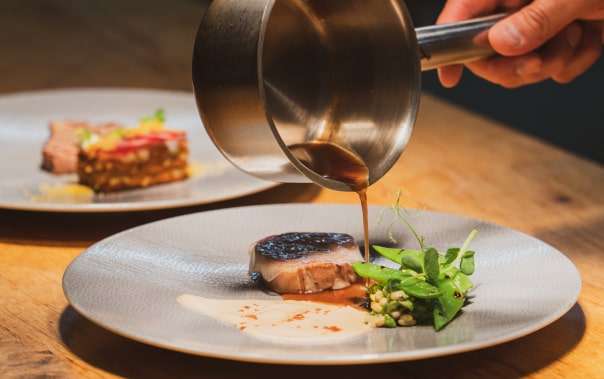
recipes
Related Recipes
blog

